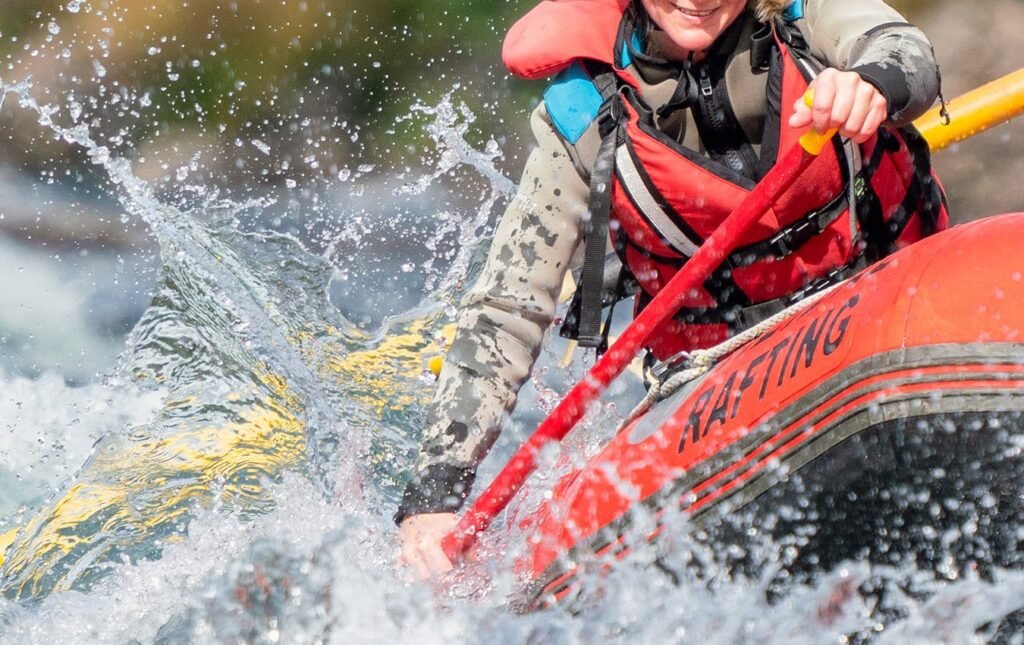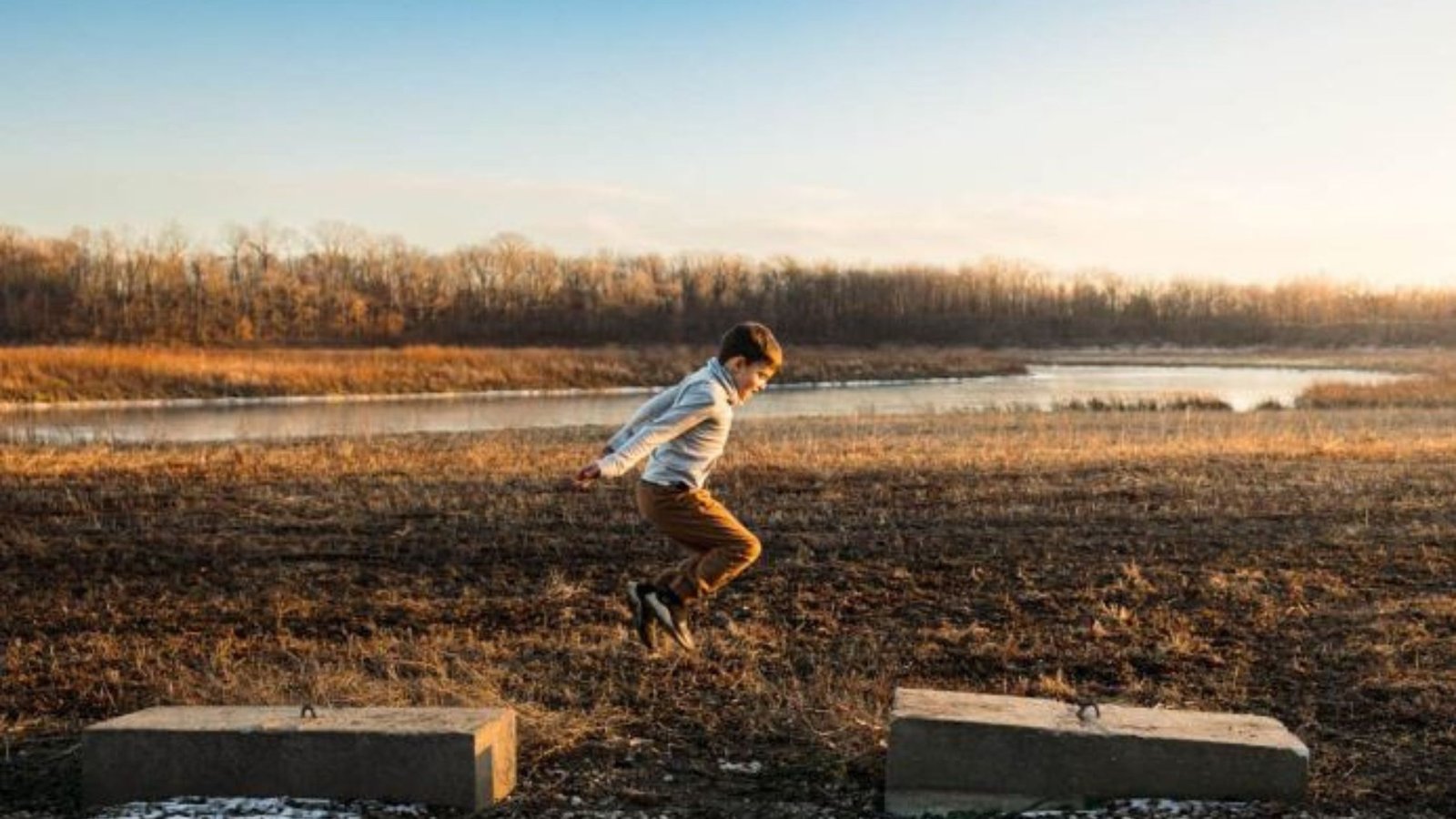Planning an adventure retreat requires careful consideration and strategic preparation to ensure all participants have a memorable and enriching experience. Whether you’re organizing a team-building retreat, a wellness getaway, or a personal rejuvenation journey, focusing on the essence of adventure retreats is key to crafting a successful event.
Understanding the Essence of Adventure Retreats
An adventure retreat combines the thrill of outdoor activities with the tranquility of retreat settings, offering participants a chance to explore new landscapes, bond with others, and reconnect with themselves. Adventure retreats vary widely in focus, from adrenaline-pumping adventures like hiking and kayaking to more introspective activities such as yoga and mindfulness sessions.
Choosing the Right Location for Your Adventure Retreat
Selecting the perfect location is crucial for an adventure retreat. Consider destinations known for their natural beauty and outdoor opportunities, such as mountainous regions, coastal escapes, or serene countryside settings. Adventure retreats thrive in environments that inspire exploration and provide a backdrop for both adventure activities and relaxation.

Designing the Adventure Activities
Adventure retreats are characterized by their diverse range of activities tailored to engage participants physically, mentally, and emotionally. Incorporate activities like hiking to scenic viewpoints, rock climbing, zip-lining through forest canopies, or even cultural excursions to immerse participants in the local environment and community.
Establishing Retreat Goals and Objectives
Define clear goals and objectives for your adventure retreat to guide planning and ensure alignment with participants’ expectations. Whether fostering teamwork, promoting personal growth, enhancing wellness, or simply providing a break from routine, having defined objectives helps structure the retreat program and activities effectively.
Creating a Balanced Retreat Schedule
Craft a balanced schedule that offers a mix of adventure activities, relaxation opportunities, and reflective sessions. Allow ample time for participants to unwind, connect with nature, and enjoy downtime between scheduled activities. Flexibility in the schedule ensures adaptability to weather conditions and participants’ energy levels.
Logistics and Practical Considerations
Attention to logistics is essential for a smooth adventure retreat experience. Arrange transportation to and from the retreat location, coordinate accommodations that cater to comfort and accessibility, and plan meals that accommodate dietary preferences and energy requirements for active days.
Hiring Experienced Guides and Instructors
Engage knowledgeable guides and instructors who specialize in adventure activities relevant to your retreat’s location and theme. Experienced professionals enhance safety, provide valuable insights into local ecosystems and culture, and ensure participants receive proper guidance and instruction during activities.
Promoting Group Bonding and Reflection
Facilitate opportunities for group bonding and reflection throughout the adventure retreat. Activities such as team challenges, group discussions, or evening campfires encourage camaraderie, foster meaningful connections, and provide a platform for sharing experiences and insights gained during the retreat.
Embracing Sustainability and Responsible Tourism
Promote sustainable practices and responsible tourism principles throughout the adventure retreat. Minimize environmental impact by adhering to Leave No Trace principles, supporting local businesses and communities, and raising awareness about conservation efforts in the retreat’s destination.
Evaluating and Improving Future Retreats
Gather feedback from participants to evaluate the adventure retreat’s success and identify areas for improvement. Reflect on lessons learned, assess achievement of retreat goals, and use feedback to refine future retreat planning and enhance participant satisfaction.
Conclusion
Planning an adventure retreat requires thoughtful planning, attention to detail, and a commitment to creating a transformative experience for participants. Whether seeking thrills in outdoor activities, finding solace in nature, or bonding with others through shared adventures, adventure retreats offer a unique opportunity to escape the ordinary and embrace the extraordinary. By focusing on the essence of adventure retreats and carefully planning each aspect, you can create a memorable journey that leaves a lasting impact on all who participate.











